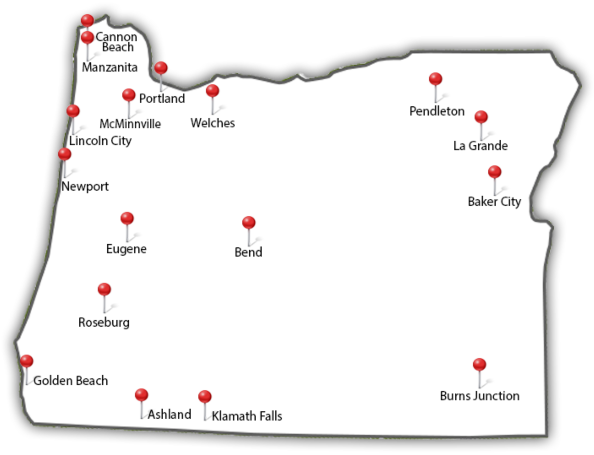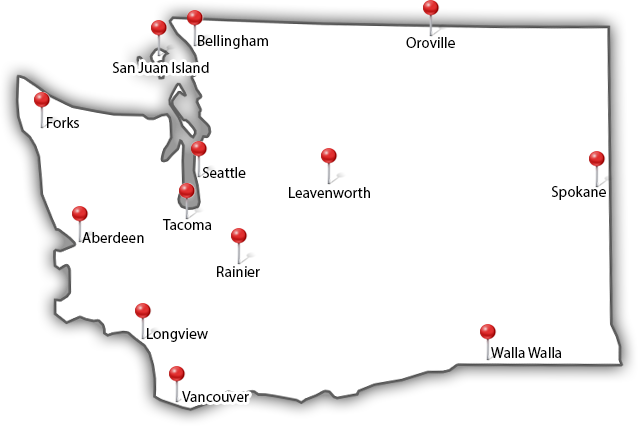How To Mulch Your Trees
Trees can add a lot of value and beauty to any property. They are fairly easy to plant and are relatively low maintenance. But, there are some important things that you can do for your tree to keep them happy and healthy.
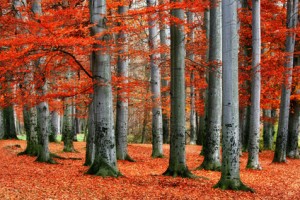 One easy step you can take to keep your trees healthy and looking sharp is to mulch around the base of your trees.
One easy step you can take to keep your trees healthy and looking sharp is to mulch around the base of your trees.
When trees grow naturally in forests they drop leaves and needles which matt together and form a protective barrier over the soil, eventually decomposing and providing nutrients to the soil. Mulching is a quick and inexpensive way to simulate a tree’s natural environment and help protect and feed it. But if done incorrectly mulching can actually injure and even kill a young tree.
Read this post to learn why you should mulch your trees and how to properly apply mulch to keep your trees healthy.
Why Should You Mulch Your Tree
Trees have very complex root systems that provide nearly all of the water and nutrients for the tree. Yet while some roots travel deep into the ground, the vast majority of a tree’s roots are located within the top three feet of soil around the drip line of the tree.
Because these roots are so shallow, they are more susceptible to changes in the heat, moisture, and nutrients within the soil. That’s why mulching can be so important to protect and feed the trees roots around it.
Mulching helps:
– Retains moisture and reduces drying soil
– Suppresses weeds from growing around the tree
– Prevents damage from mechanical equipment like weed whackers and lawn mowers
– Regulates soil temperature by providing insulation above the soil
– Provides valuable nutrients directly onto the soil as the mulch decomposes
It is clear that mulching is very beneficial in keeping a tree and its’ roots happy and healthy.
What Types of Mulch to Use
There is no perfect mulch to use. Each climate and situation can benefit from different types of mulch. But there are some basics rules that can be helpful when choosing a mulch for your tree.
Try to stay away from inorganic materials like plastic and shredded rubber. Their inability to absorb moisture and propensity to trap heat can actually scorch the delicate roots of a tree.
Bark mulch and wood chips can provide a very beautiful looking, long lasting mulch that helps protect the soil. Especially if you’ve recently had a stump ground somewhere on your property, wood chips can be a readily available and inexpensive mulch.
But a major downside to these types of mulches are their lack of nutrients. Being high in carbon and low in nitrogen can make them break down very slowly and deplete some nutrients in the soil that would otherwise be going to the tree.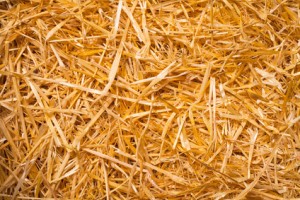
Straw and hay make decent mulch but tend to break down very rapidly and aren’t as aesthetically pleasing as other materials.
These mulches are usually utilized by vegetable gardeners where a shorter term mulch is required.
Organic compost is a decent mulch. It contains all of the essential nutrients, as well as, beneficial worms and microorganisms that can help the tree and soil stay healthy. If using homemade compost, make sure that it is broken down completely before applying to your trees. Also, compost tends not to stop the growth of unwanted weeds as well as other types of mulch.
Grass clippings are cheap and easy but tend to pack down very tightly and inhibit air flow to the soil. Though, some grass mixed with other mulch materials like leaves can still be a good addition.
Leaves can make some of the best mulch. They are readily available, free, and are the closest to mimicking the natural mulching a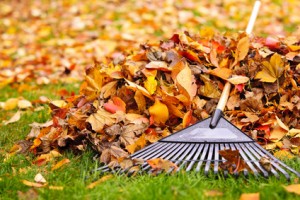 tree would create in the forest. Leaves can be chopped or ground down and watered to pack them into a neater looking mulch that won’t blow away.
tree would create in the forest. Leaves can be chopped or ground down and watered to pack them into a neater looking mulch that won’t blow away.
Now that we know about the ups and downs of different mulch, let’s discuss how and when to properly apply your mulch.
How To Apply Tree Mulch
Mulch should be applied to the ground around the tree in a circular shape. This ring around the tree should be about as large as the circumference of the canopy or ‘drip line’ of the tree. This ensures that the majority of the water that is diverted by the leaves and drips onto the ground is absorbed by the mulch and soil. Also, protecting the main area of feeder roots that are located directly under the canopy of the tree.
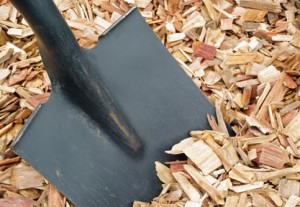 When piling the mulch under the tree, make sure that the mulch layer is only two to four inches thick. Any thicker and you risk limiting the oxygen and nutrient flow to the roots of the tree.
When piling the mulch under the tree, make sure that the mulch layer is only two to four inches thick. Any thicker and you risk limiting the oxygen and nutrient flow to the roots of the tree.
Mulch should not be applied directly to the trunk of the tree, as well as, the ‘flare’ or sloping roots of the tree traveling from the trunk. Mulch directly on the trunk and bare roots can create decay and encourage the growth of pests and disease.
When To Mulch
The type of mulch you use and how quickly it tends to degrade can affect how often you will want to mulch your trees. But as a general rule, mulching annually in the spring is a good idea. Adding mulch before extreme temperatures and dryness occurs can help protect your tree and soil before any damage occurs.
Also, mulching after any tree injury like a broken branch or after trimming can be a good boost of nutrients and protection to help after the stressful incident.
Mulching young trees or saplings in the late fall can also protect the roots from cold and freezing during the winter.
Make Sure To Mulch
Now that you know how easy and beneficial mulching can be make sure to mulch your trees every year. Mulching will keep your trees healthy and your landscape looking sharp.
If you ever have any questions about what type of mulch to use or when to mulch your trees, feel free to contact the experts at Northwest Arbor Culture Inc. Our Certified Arborists and Master Gardeners have over 30 years of experience caring for trees and landscapes in the Pacific Northwest. We have the knowledge and expertise to help you with any tree care needs.
Have you mulched your plants and trees? We would love to hear about what materials and methods you use to mulch in the comments section below.
blog comments powered by Disqus






